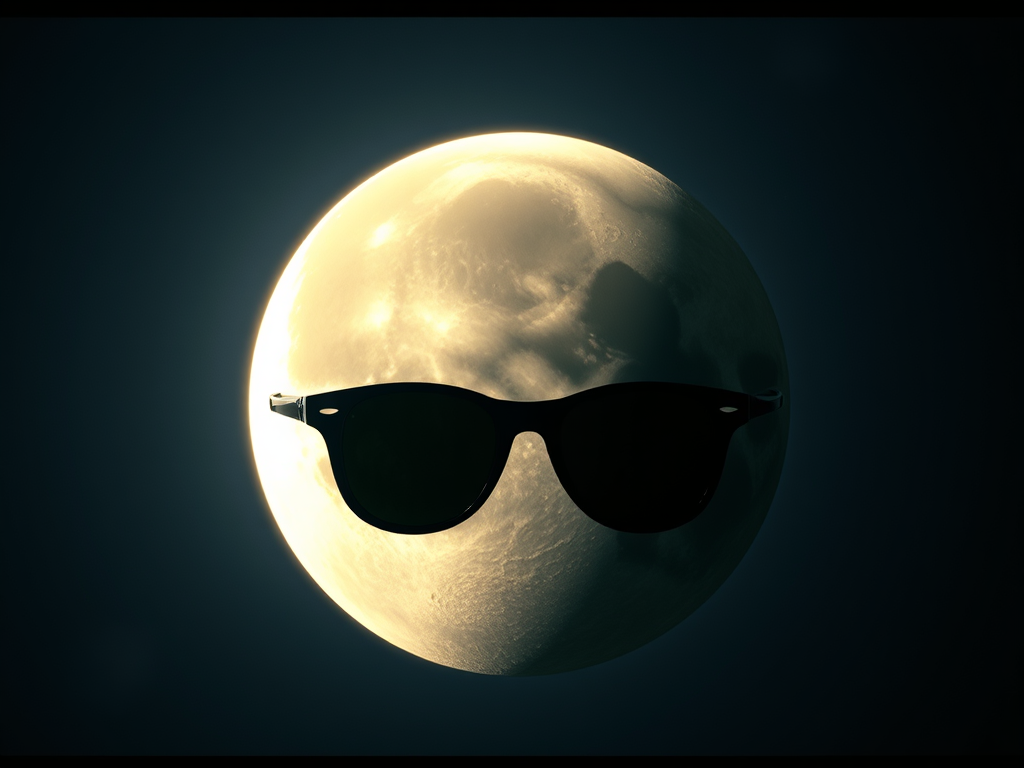Your cart is currently empty!

Lunar Eclipses: Types, Science, and Cultural Significance
Posted by:
|
On:
|
Ever gazed up at the night sky and wondered about the mysteries of the universe? One celestial event that never fails to amaze is the lunar eclipse. Whether you’re an astronomy enthusiast, educator, or student, understanding lunar eclipses can add a touch of magic to your stargazing adventures.
The Different Types of Lunar Eclipses
Total Lunar Eclipse: This is the grand show, folks. The Earth’s darkest shadow covers the Moon completely, turning it a spooky red – hence, “Blood Moon.” As one astronomer put it, “It’s like the Moon decided to cosplay as Mars for a night.”
Partial Lunar Eclipse: Here, only a chunk of the Moon gets shadowed. It’s like someone took a bite out of it. Imagine a celestial Pac-Man gobbling up parts of the Moon!
Penumbral Lunar Eclipse: This one’s a bit subtle. The Moon passes through Earth’s outer shadow, causing a gentle shading. Blink, and you might miss it. Think of it as the Moon putting on a pair of sunglasses.
The Science Behind Lunar Eclipses
This celestial event, known as a lunar eclipse, occurs when the Earth blocks sunlight from reaching the Moon, resulting in the Moon appearing darkened or taking on a reddish hue. It’s like the universe’s way of dimming the lights for a cosmic theater performance. During a total lunar eclipse, the Earth’s shadow completely covers the Moon, and the reddish color, often called a “Blood Moon,” occurs because the Earth’s atmosphere scatters sunlight and allows only the red wavelengths to reach and illuminate the Moon.
Historical and Cultural Significance
Folks have been fascinated by lunar eclipses forever. Ancient Chinese thought a dragon was munching on the Moon. Some Native American tribes saw it as a sign of balance in the universe. These stories make lunar eclipses even more magical. As Mark Twain once said, “Truth is stranger than fiction, but it is because Fiction is obliged to stick to possibilities; Truth isn’t.” Throughout history, lunar eclipses have been imbued with cultural and mythological significance, often viewed as omens or divine messages, reflecting humanity’s deep connection with celestial events. The ancient Greeks believed that a lunar eclipse was a sign of the gods’ displeasure and would go to great lengths to appease their deities during such occurrences. In some African cultures, lunar eclipses were thought to be the result of celestial disputes between the Sun and the Moon, leading to a temporary reconciliation when the eclipse ended. This rich tapestry of beliefs and interpretations underscores the universal impact of lunar eclipses on human culture, inspiring awe and wonder across different societies and eras.
Best Ways to Observe a Lunar Eclipse
No fancy gear needed to watch a lunar eclipse, but binoculars or a telescope can up your game. Find a spot with clear skies and low light pollution. And don’t forget to check the local eclipse timetable! As they say, “The early bird catches the worm,” or in this case, the eclipse. To enhance your experience further, consider bringing a comfortable chair or blanket to sit on, and maybe a thermos with a hot drink to keep you warm during the cooler night temperatures. It’s also a good idea to bring friends or family along; sharing the magical spectacle of a lunar eclipse can make it even more special and memorable. Don’t forget your camera or smartphone to capture the moment, but remember that the best views often come from simply watching with your own eyes.
Upcoming Lunar Eclipse Events
The next total lunar eclipse is on Tuesday! Put it in your calendar! During a total lunar eclipse, the Earth comes between the Sun and the Moon, casting a shadow that gives the Moon a captivating reddish glow, often referred to as a “Blood Moon.” Websites like NASA’s eclipse calendar have all the deets on timings and visibility, including which geographical areas will get the best view. These events are relatively rare, making them a must-see for both amateur stargazers and seasoned astronomers. Don’t miss out on this cosmic spectacle—you never know how long it will be until the next one!
Stories and Examples
Remember the lunar eclipse of July 27, 2018? It was the longest of the 21st century, clocking in at 1 hour and 43 minutes. People around the globe shared their awe and photos, creating a worldwide sky-watching party. During this celestial event, the moon passed through the Earth’s shadow, taking on a striking red hue due to atmospheric scattering—a phenomenon often referred to as the “Blood Moon.” As the moon journeyed across the night sky, astronomers and enthusiasts alike seized the opportunity to study and appreciate the intricate dance of our celestial neighbors. It’s like the universe’s way of saying, “Hey, let’s all look up and marvel together,” reminding us of our shared human experience and the wonders that lie beyond our world.
Scientific Data
According to NASA, we get at least two lunar eclipses a year, sometimes up to five. It all hinges on how the Sun, Earth, and Moon decide to line up. It’s like a cosmic dance where everyone has to be in perfect sync. During a lunar eclipse, the Earth positions itself directly between the Sun and the Moon, casting a shadow on the Moon’s surface. For centuries, lunar eclipses have captivated human imagination, inspiring countless myths and scientific studies. Observing a lunar eclipse can be a profound experience, connecting us to the broader universe and reminding us of the intricate beauty of celestial mechanics.
Observing a lunar eclipse can be both an educational experience and a source of wonder, offering a chance to connect with the natural rhythms of our universe. Understanding lunar eclipses lets you geek out on both the science and the rich history. Whether you’re a sky-watching newbie or a seasoned star-gazer, catching a lunar eclipse is truly a jaw-dropping experience.

Leave a Reply